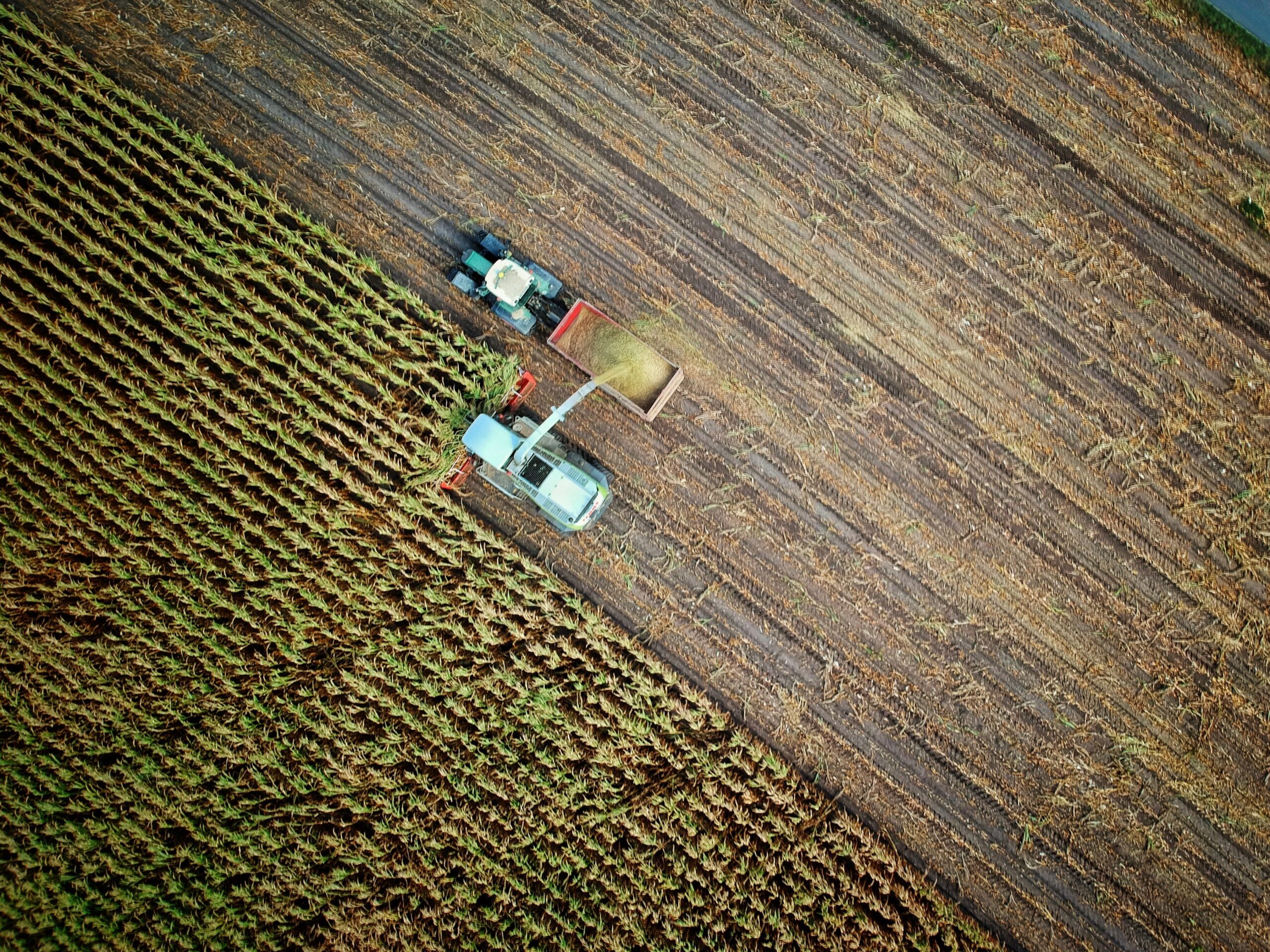The soils beneath our feet hold a huge opportunity for addressing climate change. Soils are the second largest carbon sink in the world after oceans, capable of sequestering up to 13% of global greenhouse gas emissions annually. But the last few centuries of agriculture and land use have left soils globally depleted. Restoring them in the US will mean changing common land use practices and addressing widespread systemic injustices. In order to realize the full potential of this powerful carbon removal pathway, solutions will need to consider the economic as well as the ecological implications, including who benefits from these projects, the barriers they face, and the way we monitor, report on, and verify carbon stored.
How soil carbon works
There are several land management practices and systems that can increase the amount of carbon stored in soils. Conservation tillage, perennial and cover crop planting, agroforestry, and managed grazing are all effective methods; thoughtfully deploying them based on regional needs and opportunities can make soils even healthier.

Benefits and opportunities
Farmers and ranchers who implement these carbon-storing land management practices and systems should see a range of short- and long-term benefits. Beyond the direct benefits to the soil, these practices can improve the resilience of agricultural operations and promote long-term productivity, allowing producers to meet growing demand for food and fiber.
-
Soil health
Carbon-rich soils are healthy soils. Increased soil carbon improves soil structure and increases water filtration, making for a healthier, happier microbiome and more productive plants.
-
Ecosystem improvement
The direct effects of soil carbon are strong, but the knock-on effects are exponential. Soil carbon bolsters the broader ecosystem’s resilience to climate impacts, improving biodiversity and strengthening pest resistance. Further, by reducing the need for chemical fertilizers, soil carbon storage can improve the surrounding water and air quality.
-
Social cohesion
Taking a long-term view of their land can have social benefits for producers, too. The shift toward sustainable practices has strengthened many support networks, connecting producers even more deeply to their land and inspiring greater confidence that their successors will be able to benefit from a healthy and resilient environment.
-
Economics
Soil carbon practices reduce a producer’s need for external inputs like fertilizer and can increase crop yields, which is money back to their bottom line. While implementing these practices isn’t always easy, there will be an increased demand for technical assistance providers to guide implementation, which can bring new jobs to the community.
Challenges and considerations
While implementing land use practices that store more carbon can have its benefits, it can take a long time to see those investments pay off. That waiting period, paired with hefty upfront costs, can present challenges for any producer, but especially for first-time farmers and farmers of color looking to enter the sector. Federal incentives will have a large role to play in bridging the gap, providing a safety net to producers so that they feel empowered to transition their practices and confident in the value they’ll see.
Robust monitoring, reporting, and verification (MRV) will be especially important to accurately measure how much carbon is being sequestered in soils, especially given the growing interest in monetizing soil carbon storage. By investing in reliable and scalable MRV, we can ensure that future incentives are grounded in science and producers are able to make data-informed decisions to boost their soil carbon stocks.

It’s also important to recognize that while many people stand to benefit from soil carbon storage, as of 2017, agricultural producers are 95% white. Farmers who are Black, Indigenous, and people of color are more likely to be tenants rather than owners, own less land, and generate less farm-related wealth. Despite having expertise and a working history of their land, tenants face a number of barriers, from involvement in decision-making to practice implementation and plans for the transfer of land. The federal government can support equitable soil carbon storage goals by addressing uncertainties around costs and effectiveness of soil carbon practices, as well as identifying and alleviating barriers to adoption, especially for underrepresented and first-generation farmers and ranchers.
Soil carbon policy outlook
Today, cost, lack of technical assistance, and underinvestment in research are the biggest barriers to widespread adoption of high-quality soil carbon practices. The federal government will need to sufficiently de-risk and incentivize soil health practices to get producers on board.
The US Department of Agriculture has signaled growing interest in doing exactly that. A number of bills introduced in Congress work to improve agricultural conservation and research programs to support soil health and carbon sequestration. Engagement at the local, state, and international levels will also be critical to scale agricultural soil carbon in an equitable, transparent, and inclusive way.
Our vision is an agricultural system that centers soil health to deliver the full potential of soil carbon storage alongside economic benefits and environmental resilience.
Mary OliveSenior Managing Policy Advisor




